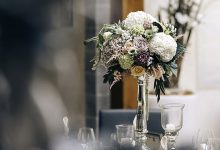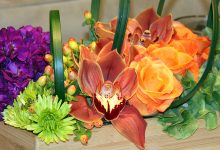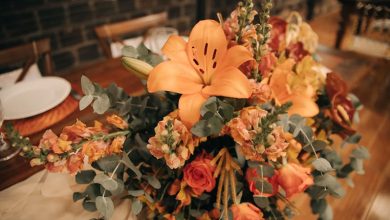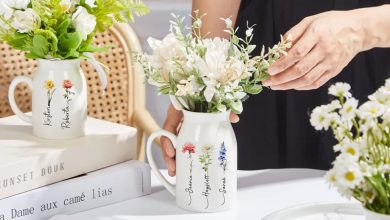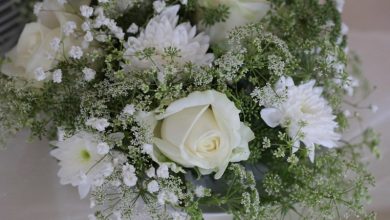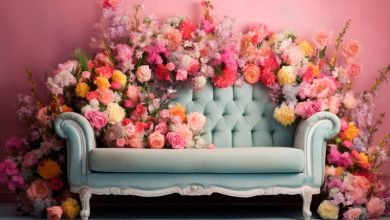What is the Best Material for Artificial Flowers? A Complete Guide
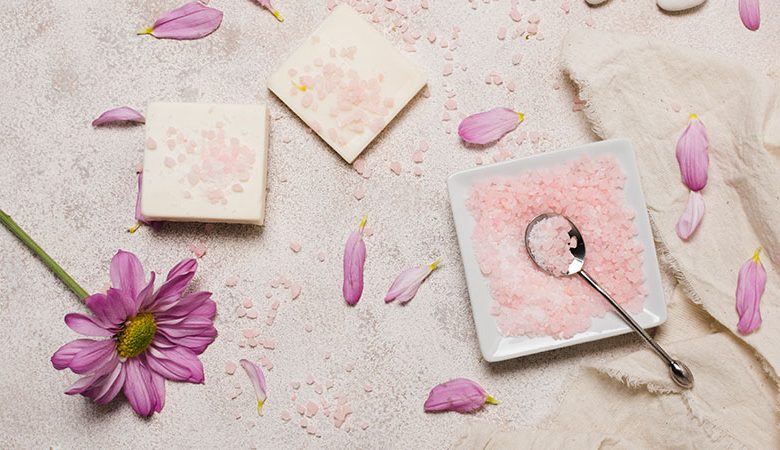
Artificial flowers come in various materials, each with its own unique characteristics and advantages. Choosing the best material for artificial flowers depends on factors like durability, realism, and intended use.
In this comprehensive guide, we’ll explore the most common materials used for artificial flowers and help you determine which one is best suited for your needs.
Understanding Different Materials for Artificial Flowers
When considering what is the best material for artificial flowers, it’s essential to understand the characteristics and properties of each material. By exploring the various options available, you can make an informed decision that aligns with your preferences and needs.
Realism and Durability of Silk Flowers
Silk flowers are often considered one of the most realistic options for artificial blooms. Their soft texture and natural sheen closely mimic that of real flowers, making them a popular choice for high-quality floral arrangements.
Silk flowers are also durable and long-lasting, making them suitable for both indoor and outdoor use. When evaluating what is the best material for artificial flowers, silk is often favored for its realism and longevity.
Affordability and Versatility of Plastic Flowers
Plastic flowers offer affordability and versatility, making them a practical choice for many consumers. These flowers are typically made from various types of plastic polymers, providing durability and resistance to fading.
While they may not always achieve the same level of realism as silk or latex flowers, plastic flowers come in a wide range of colors and styles, making them suitable for various decorative purposes. When considering what is the best material for artificial flowers, plastic is often chosen for its budget-friendly nature and ease of maintenance.
Read More: The 10 Best Artificial Flowers for Living Room Decor: A Complete Guide
Realistic Texture of Latex Flowers
Latex flowers are known for their lifelike texture and intricate detailing. Made from natural or synthetic latex rubber, these flowers closely resemble the look and feel of real flowers. Latex flowers are soft to the touch and often feature realistic veining, coloring, and petal shapes.
While they may be more expensive than other artificial flower options, latex flowers offer unparalleled realism and quality craftsmanship. When evaluating what is the best material for artificial flowers, latex is often preferred for its lifelike appearance and attention to detail.
Softness and Texture of Fabric Flowers
Fabric flowers provide a soft and tactile texture, adding warmth and charm to any space. These flowers are crafted from various types of fabric, including cotton, polyester, and velvet, offering a wide range of colors and patterns.
While fabric flowers may not achieve the same level of realism as silk or latex flowers, they provide a whimsical and cozy aesthetic that complements both modern and traditional decor styles. When considering what is the best material for artificial flowers, fabric is often chosen for its softness and versatility in design.
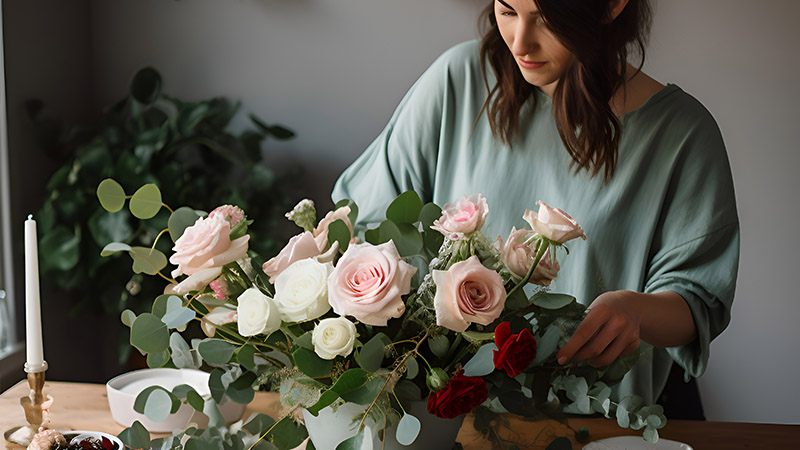
Silk Flowers: Timeless Elegance
When exploring what is the best material for artificial flowers, silk often stands out for its timeless elegance and lifelike appearance. Silk flowers have been cherished for centuries for their beauty and sophistication, making them a popular choice for various occasions and settings.
Here are some key points to consider when evaluating the suitability of silk flowers:
- Realistic Texture: Silk flowers boast a natural texture and sheen that closely mimic that of real flowers, adding a touch of luxury to any floral arrangement.
- Longevity: Silk flowers are known for their durability and longevity, making them a wise investment for those seeking lasting beauty without the need for frequent replacement.
- Versatility: Silk flowers come in a wide range of colors, shapes, and sizes, offering endless possibilities for creating stunning floral displays to complement any decor style.
- Low Maintenance: Unlike real flowers, silk flowers require minimal maintenance and upkeep, making them an ideal choice for busy individuals or those with allergies to pollen.
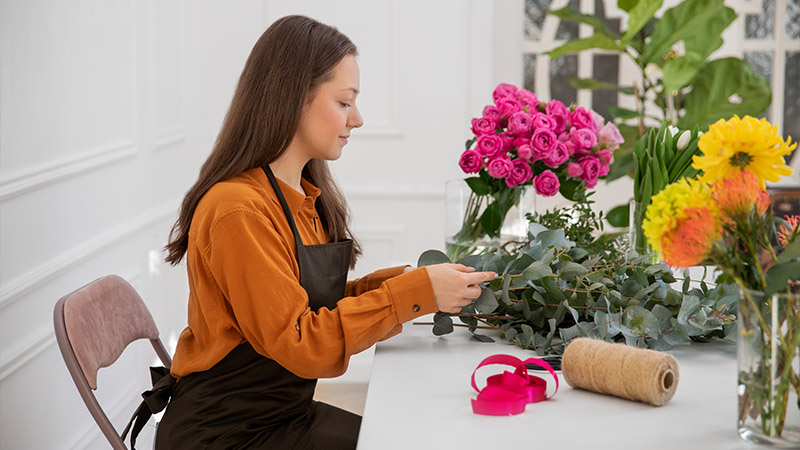
When considering what is the best material for artificial flowers, silk remains a top contender for its exquisite beauty, durability, and versatility. Whether used in weddings, home decor, or special events, silk flowers add a touch of elegance and sophistication that never goes out of style.
Read More: How to Hang a Flower Wall Backdrop: A Comprehensive Guide
Plastic Flowers: Affordable and Versatile
When exploring what is the best material for artificial flowers, plastic emerges as a popular choice due to its affordability and versatility.
Plastic flowers offer a range of benefits that make them suitable for various applications, from home decor to event styling. Here are some key points to consider:
- Cost-Effectiveness: Plastic flowers are typically more affordable than their silk or latex counterparts, making them an economical option for those on a budget.
- Durability: Plastic flowers are known for their durability and resistance to fading, making them suitable for outdoor use in gardens or patio arrangements.
- Variety: Plastic flowers come in a wide array of colors, shapes, and sizes, allowing for endless creative possibilities when designing floral displays.
- Low Maintenance: Plastic flowers require minimal maintenance and can be easily cleaned with a gentle wipe-down, making them a practical choice for busy individuals.
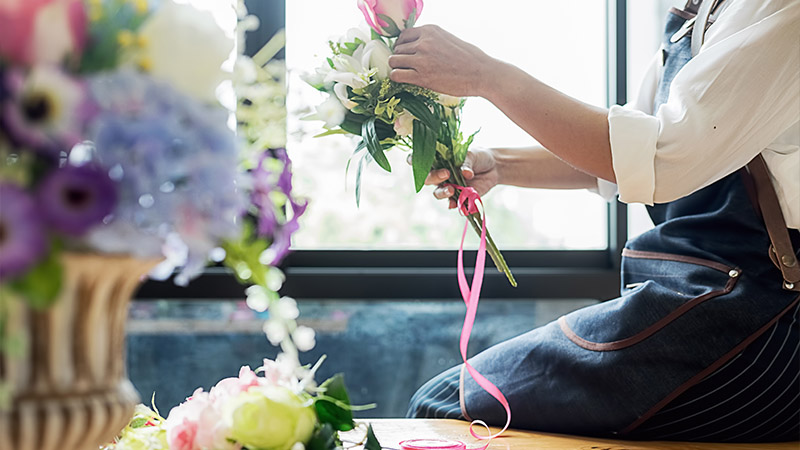
When considering what is the best material for artificial flowers, plastic offers an affordable and versatile option that is ideal for both indoor and outdoor use. Whether used in DIY projects, floral arrangements, or seasonal decor, plastic flowers provide a cost-effective solution without compromising on style or durability.
Read More: The 10 Best Artificial Flowers for Vases: A Comprehensive Guide
Latex Flowers: Realistic Texture and Detail
When exploring what is the best material for artificial flowers, latex emerges as a top contender due to its lifelike texture and intricate detailing.
Latex flowers offer a high level of realism that closely mimics the look and feel of natural blooms, making them a popular choice for premium floral arrangements. Here are some key points to consider:
- Lifelike Appearance: Latex flowers are prized for their realistic appearance, featuring natural-looking petals, veins, and color variations that closely resemble real flowers.
- Soft Texture: Latex flowers have a soft and velvety texture that adds to their authenticity, making them a pleasure to touch and admire.
- Durable Construction: Despite their delicate appearance, latex flowers are durable and long-lasting, retaining their shape and color over time with proper care.
- Versatile Use: Latex flowers are versatile and can be used in a variety of settings, including weddings, home decor, and special events, where their lifelike beauty adds elegance and charm.
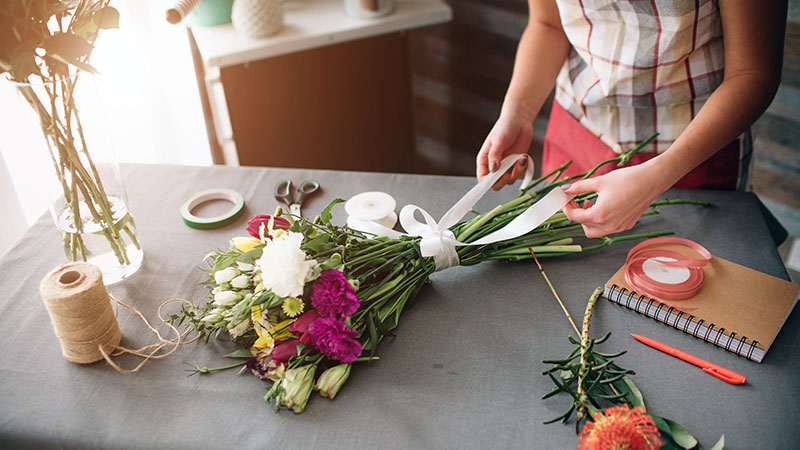
When considering what is the best material for artificial flowers, latex stands out for its combination of realism, durability, and versatility. Whether used as standalone arrangements or mixed with other materials, latex flowers offer a sophisticated and timeless option for floral enthusiasts.
Read More: Top 10 Artificial Flowers for Window Boxes: A Complete Guide
Fabric Flowers: Soft and Textured
When discussing what is the best material for artificial flowers, fabric emerges as a versatile option known for its softness and textured appearance. Fabric flowers offer a unique tactile experience and can be crafted from a variety of materials such as silk, polyester, or cotton. Here are some key points to consider:
- Natural Look and Feel: Fabric flowers are prized for their natural look and feel, with soft petals and intricate details that closely resemble real blooms.
- Variety of Textures: Fabric flowers come in a wide range of textures, from smooth and silky to textured and matte, allowing for diverse floral arrangements to suit any style or occasion.
- Durable and Lightweight: Despite their delicate appearance, fabric flowers are durable and lightweight, making them easy to handle and transport for various uses.
- Customizable Designs: Fabric flowers can be easily dyed, painted, or embellished to create custom designs, adding a personalized touch to floral arrangements.
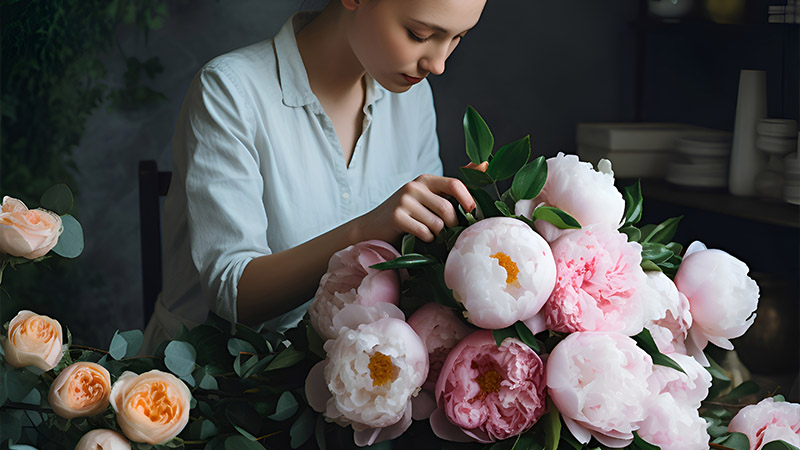
When considering what is the best material for artificial flowers, fabric offers a blend of elegance, versatility, and durability that makes it a popular choice among decorators, event planners, and DIY enthusiasts alike.
Whether used in bridal bouquets, home decor, or special occasions, fabric flowers bring beauty and charm to any setting.
Factors to Consider When Choosing the Best Material
When determining what is the best material for artificial flowers, several factors come into play to ensure you make the right choice for your specific needs and preferences. Here are some key considerations to keep in mind:
Durability and Longevity
Durability is a crucial factor when selecting the best material for artificial flowers. Look for materials that can withstand prolonged use and exposure to various environmental conditions without fading, wilting, or deteriorating over time.
Opting for high-quality materials such as silk, latex, or durable plastics can ensure that your artificial flowers retain their beauty and charm for years to come.
Realism and Authenticity
The level of realism and authenticity desired in artificial flowers can influence the choice of material. For those seeking lifelike blooms that closely resemble their natural counterparts, materials like silk, latex, and high-quality plastics offer superior realism in terms of texture, color, and appearance.
Fabric flowers made from soft and textured materials can also provide a natural look and feel, enhancing the authenticity of floral arrangements.
Versatility and Flexibility
Consider the versatility and flexibility of different materials when choosing the best artificial flowers for your needs. Some materials may be more versatile than others, allowing for easy shaping, bending, or arranging to achieve desired floral designs.
Materials like fabric and latex offer flexibility and adaptability, making them suitable for various applications, including bridal bouquets, home decor, and event styling.
Maintenance and Care Requirements
The maintenance and care requirements of artificial flowers can vary depending on the material used. While some materials may require minimal upkeep and are easy to clean, others may need more attention to preserve their appearance and longevity.
Consider your lifestyle and preferences when selecting artificial flowers, opting for materials that align with your maintenance preferences and time constraints.
Budget and Affordability
Budget is another important factor to consider when determining the best material for artificial flowers. While high-quality materials like silk and latex may offer superior realism and durability, they often come at a higher price point.
On the other hand, more affordable options such as polyester or plastic flowers can provide a budget-friendly alternative without compromising too much on quality.
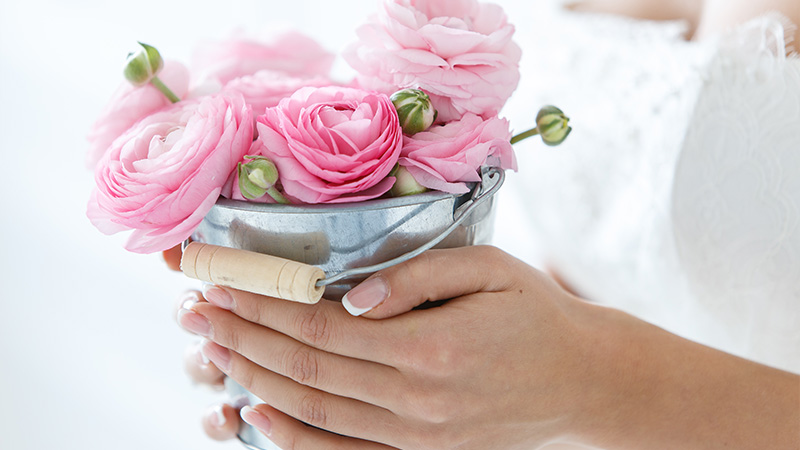
By taking these factors into account, you can make an informed decision when choosing the best material for artificial flowers that meets your aesthetic preferences, practical needs, and budget constraints.
Conclusion
The best material for artificial flowers depends on your personal preferences, budget, and intended use. Whether you prefer the timeless elegance of silk flowers, the affordability of plastic flowers, the realism of latex flowers, or the softness of fabric flowers, there are options available to suit every taste and style.
By understanding the characteristics of different materials and considering your specific needs, you can choose artificial flowers that enhance your space and bring lasting beauty to any occasion.
